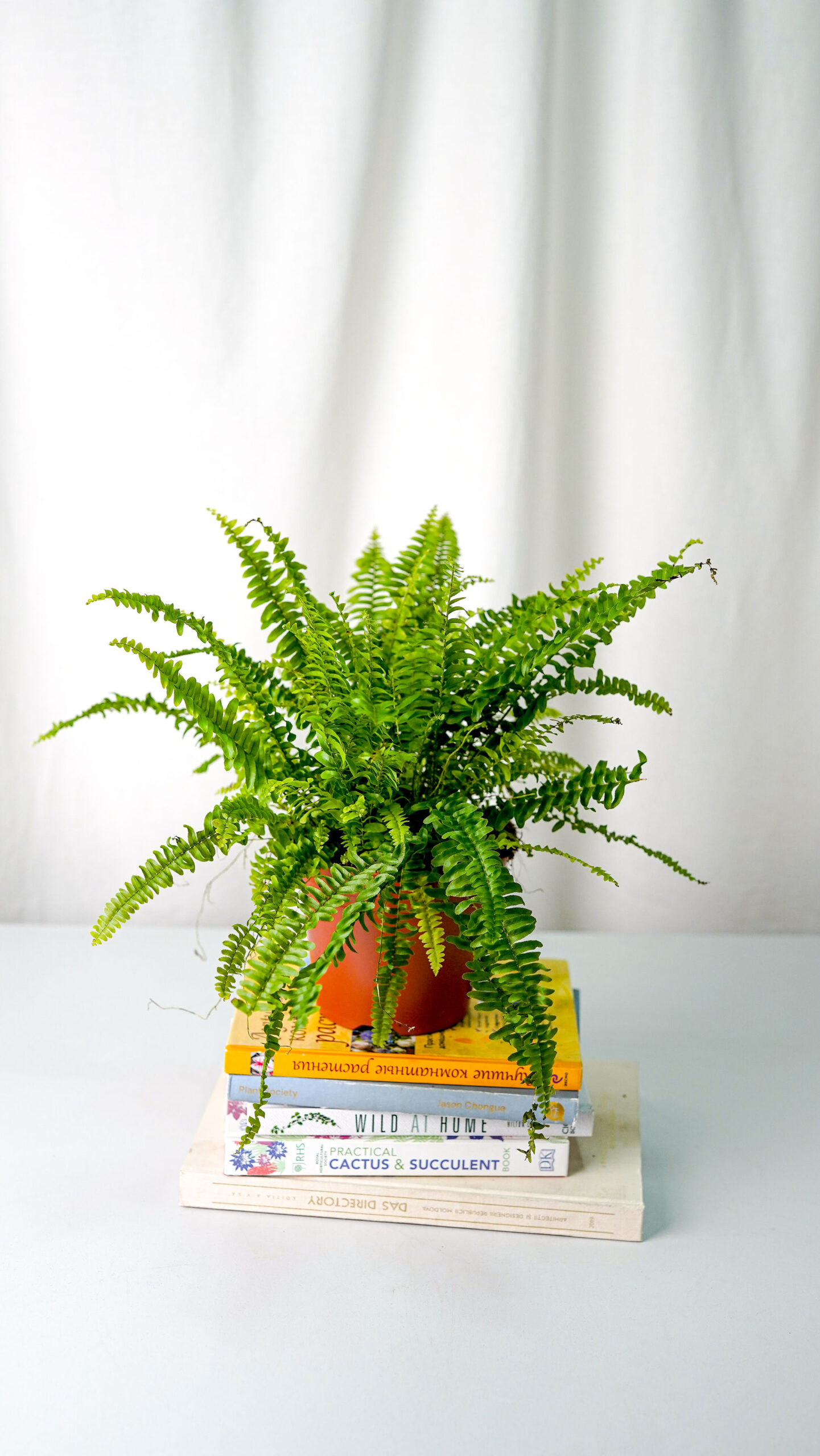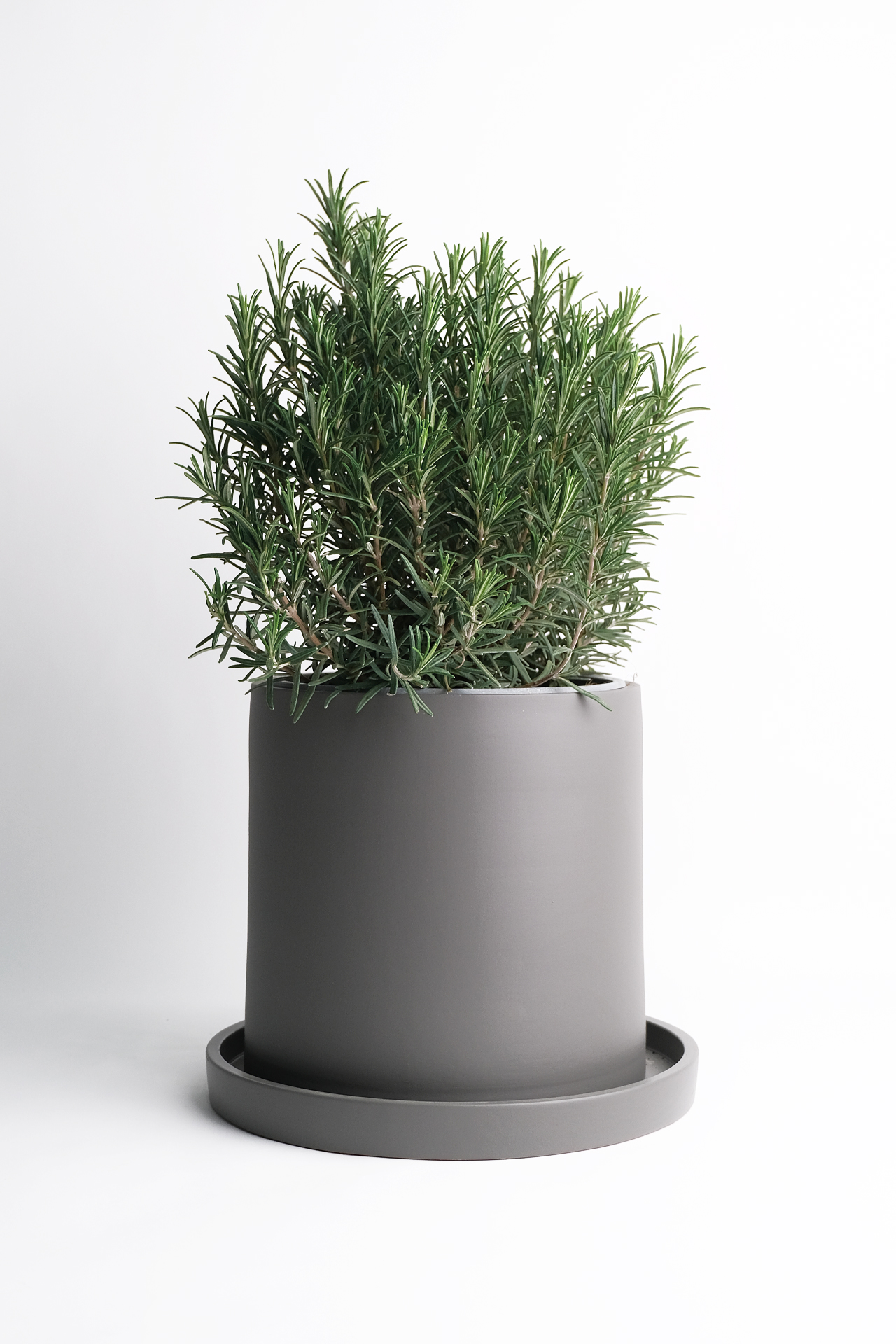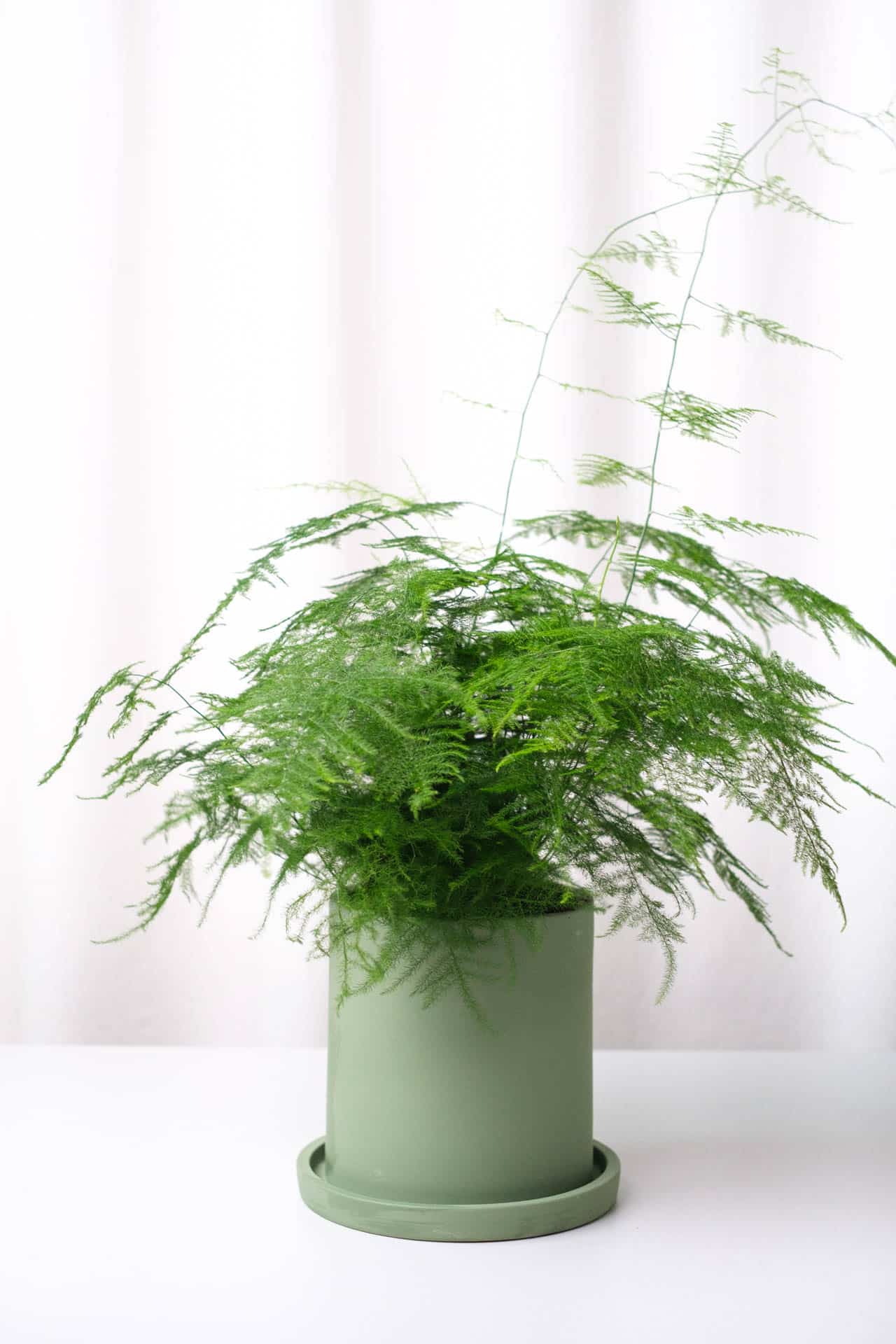Subtotal : 5.500 MDL
Despite its cactus-like appearance, Euphorbia Lactea ‘Cristata’ is a hybrid of two succulents. Its branches are fan-shaped and have an almost wavy pattern. The colour of the stem and branches can vary from bright green to blue-grey or even silver. The wavy edges of the branches can even turn pink under stress.
For obvious reasons, collectors of unusual and rare succulents adore it for its stunning crest. It requires little care and is similar to other succulents. Even with proper watering and sunlight, they are slow-growing plants.
Euphorbia Lactea does not thrive in conditions that are too humid and bright. If there is not enough light, this plant will lose its colour and look sickly. Its sap is considered toxic to humans and pets.
The plant comes in a basic nursery pot.
We are happy to suggest and help you choose a new and appropriate one.
Aglaonema Pink is the kind of plant that takes its decorating job seriously without putting you to work. With its candy-pink leaves, it looks like it escaped from a pop-art painting. It doesn’t need direct light, preferring partial shade, and if you forget to water it now and then, it won’t hold a grudge. In short, it’s like that friend who asks for little but still manages to brighten your day. Visit the Plant Library for care tips.
The plant comes in a basic nursery pot.
We are happy to suggest and help you choose a new and appropriate one.
English ivy (Hedera helix variegata) is one of the most common ivy species and the most widely grown. It is very easy to grow, both in pots and as an ornamental outdoor plant. You’ve probably noticed it on the outside of buildings and houses that look like entrances to a secret botanical world.
Potted ivy requires much less water. Before watering, check the consistency of the substrate, which should be loose but dry on the surface. Be careful not to overwater. For optimal lighting, position the plant near a window to ensure it receives abundant light without direct exposure. Poor lighting can reduce the number of leaves and cause them to discolour.
Indoors, it can be placed on a shelf or taller plant stand to allow it to create that eye-catching cascade of creamy white variegated green leaves. It tends to grow vigorously, providing quick results for those who want to transform their room or garden in a short space of time.
The plant comes in a basic nursery pot.
We are happy to suggest and help you choose a new and appropriate one.
The Fishbone Cactus hails from the tropical forests of Mexico and has built a successful ‘career’ based on its unusual shape: it resembles a fish’s skeleton. Despite its seemingly sophisticated appearance, the Fishbone Cactus is actually an heir to minimalism. Caring for it is straightforward, and we’ll show you how in the Plant Library.
The plant comes in a basic nursery pot.
We are happy to suggest and help you choose a new and appropriate one.
The Monstera Thai Constellation is like a sky full of stars: large, variegated leaves that make you feel as if nature picked up a brush and had a moment of “cosmic inspiration.” Easy to care for, it only requires indirect light and a corner of your living room or bedroom to showcase its tropical splendor. Discover how to nurture this celestial plant in our Plant Library.
The plant comes in a basic nursery pot.
We are happy to suggest and help you choose a new and appropriate one.
Hoya Kerrii, commonly known as the Sweetheart Hoya or Valentine Hoya, is native to Southeast Asia, particularly in Thailand and parts of China. This unique vining succulent is trendy each year around Valentine’s Day.
Not only it is adorable, but produces trailing woody vines that are delightfully easy to grow, low maintenance, and slow-growing. Give it indirect light, and moderate watering and protect it from low temperatures.
The plant comes in a basic nursery pot.
We are happy to suggest and help you choose a new and appropriate one.
Tradescantia Variegata este ca o melodie veselă în lumea plantelor, cu frunzele sale variegate ce dansează în adierea vântului. Această plantă aduce o notă de bucurie și optimism în orice încăpere.
Prima oară cultura a fost descrisă de grădinarul John Tradescant, care a servit la curtea regelui englez Carol I. Datorită aspectului său decorativ și ușurinței în îngrijire, Tradescantia a câștigat de mult recunoașterea grădinariților și popularitate largă în floricultura de interior.
Pentru a avea grijă de această “melodie vegetală”, oferiți-i lumină indirectă, udare moderată și curățenie regulată pentru a-i menține vitalitatea și frumusețea.
Planta se oferă în ghiveci simplu de fabrică.
Recomandăm și cu mare plăcere alegem unul nou și potrivit.
Cycas palms, native to Japan and southern China, are true living fossils, having existed since before the dinosaurs. Their curved, rigid fronds seem as if they’ve been plucked from a scene in Jurassic Park. Although they resemble palm trees, they are actually cycads—a fascinating prehistoric species. They grow extremely slowly, adding only a few centimetres per year. It’s a plant that knows how to live grandly yet with minimal fuss. Learn how to care for it in the Plant Library.
The plant comes in a basic nursery pot.
We are happy to suggest and help you choose a new and appropriate one.
The Boston fern is one of the easiest ferns to care for, which has made it a popular houseplant for decades. It is not difficult to look after, but it does require some special care. The most important thing is to give it the ideal growing conditions: standard room temperature (13-24°C), plenty of humidity and indirect light. If the humidity is too low, the leaves will turn yellow. Another important aspect is the soil. It must be kept moist as one of the main reasons why the plant may not survive is dry soil.
A popular display is a hanging basket. Arranged in this way, the leaves of the plant will arch towards the basket, giving the appearance of floating in the air. Boston ferns are not considered toxic to pets or children. In a pot or hanging from a modern macrame hanger, the Boston Fern is a wonderful addition to the kitchen or bathroom.
The plant comes in a basic nursery pot.
We are happy to suggest and help you choose a new and appropriate one.
The plant comes in a basic nursery pot.
We are happy to suggest and help you choose a new and appropriate one.
Asparagus plumosa or asparagus fern is neither fern nor asparagus, although it looks similar and is closely related to the common edible garden asparagus. Its presence in the house brings a “forest” vibe and it really likes hanging in baskets on the terrace or balcony during the summer.
Indoors, the key to a robust asparagus fern is to keep the plant well-watered, bushy and dense so that the lace-like foliage forms an attractive mound.
The plant comes in a basic nursery pot.
We are happy to suggest and help you choose a new and appropriate one.

























